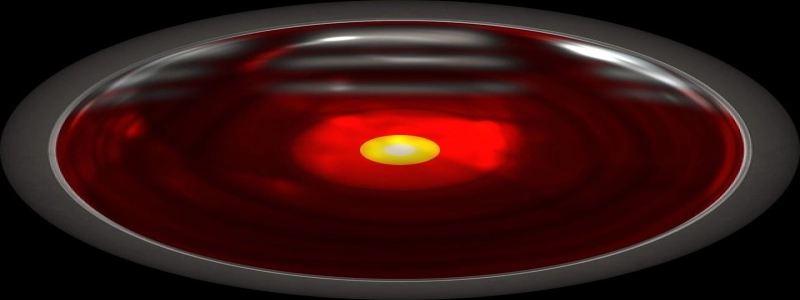Wavelength – The SI Unit for Measuring the Distance Between Two Points on a Wave
Introduction:
Wavelength is a fundamental concept in science that plays a crucial role in understanding various phenomena related to waves. It is defined as the distance between two consecutive points on a wave that are in phase, such as the crest or trough of a wave. In order to accurately measure this parameter, scientists have established the Wavelength as the SI unit for this purpose. In this article, we will delve deeper into what wavelength represents and how it is measured.
Definition and Concept:
Wavelength, denoted by the Greek letter lambda (λ), is defined as the distance between two consecutive points in phase on a wave. It is represented by the physical distance or spatial separation between corresponding points on a wave, such as the peak of two adjacent crests or two adjacent troughs. Wavelength is closely related to the frequency of a wave, with both properties being inversely proportional to each other. The formula to calculate wavelength is given by λ = v/f, where λ represents the wavelength, v denotes the velocity of the wave, and f stands for the frequency.
The SI Unit – Metre:
In order to standardize the measurement of wavelength, the International System of Units (SI) has designated the unit of metre (m) for this purpose. The use of the metre as the SI unit allows for consistency and comparability across different scientific disciplines. It ensures that scientists around the world can communicate and comprehend wavelength-related measurements without any confusion.
Measuring Wavelength:
Measuring the wavelength of a wave can be done using various techniques and instruments. One common method involves the use of an interferometer, which splits a wave into two parts and recombines them to create an interference pattern. By analyzing this pattern, scientists can determine the wavelength of the wave. Another technique is the use of diffraction grating, which disperses light into its constituent wavelengths based on the principle of diffraction. By observing the resulting spectrum, one can measure the distance between adjacent peaks or troughs, thereby determining the wavelength.
Applications and Significance:
The measurement of wavelength finds extensive application in numerous scientific fields. In physics, it is crucial for understanding the behavior of electromagnetic waves, such as light and radio waves. Wavelength also plays a significant role in the study of sound waves, which are fundamental to various branches of science and engineering, including acoustics and telecommunications. Furthermore, it is essential in fields like optics, astronomy, and spectroscopy, where the interaction of waves with matter is explored.
Conclusion:
Wavelength, represented by the SI unit of metre, is a fundamental concept in the study of waves. Measuring the distance between two consecutive points in phase on a wave allows scientists to understand and analyze various wave phenomena. The standardization of wavelength measurement through the SI unit ensures uniformity and facilitates global communication in scientific research. By accurately measuring wavelength, scientists can gain valuable insights into the behavior and characteristics of waves, leading to advancements in various scientific disciplines.








